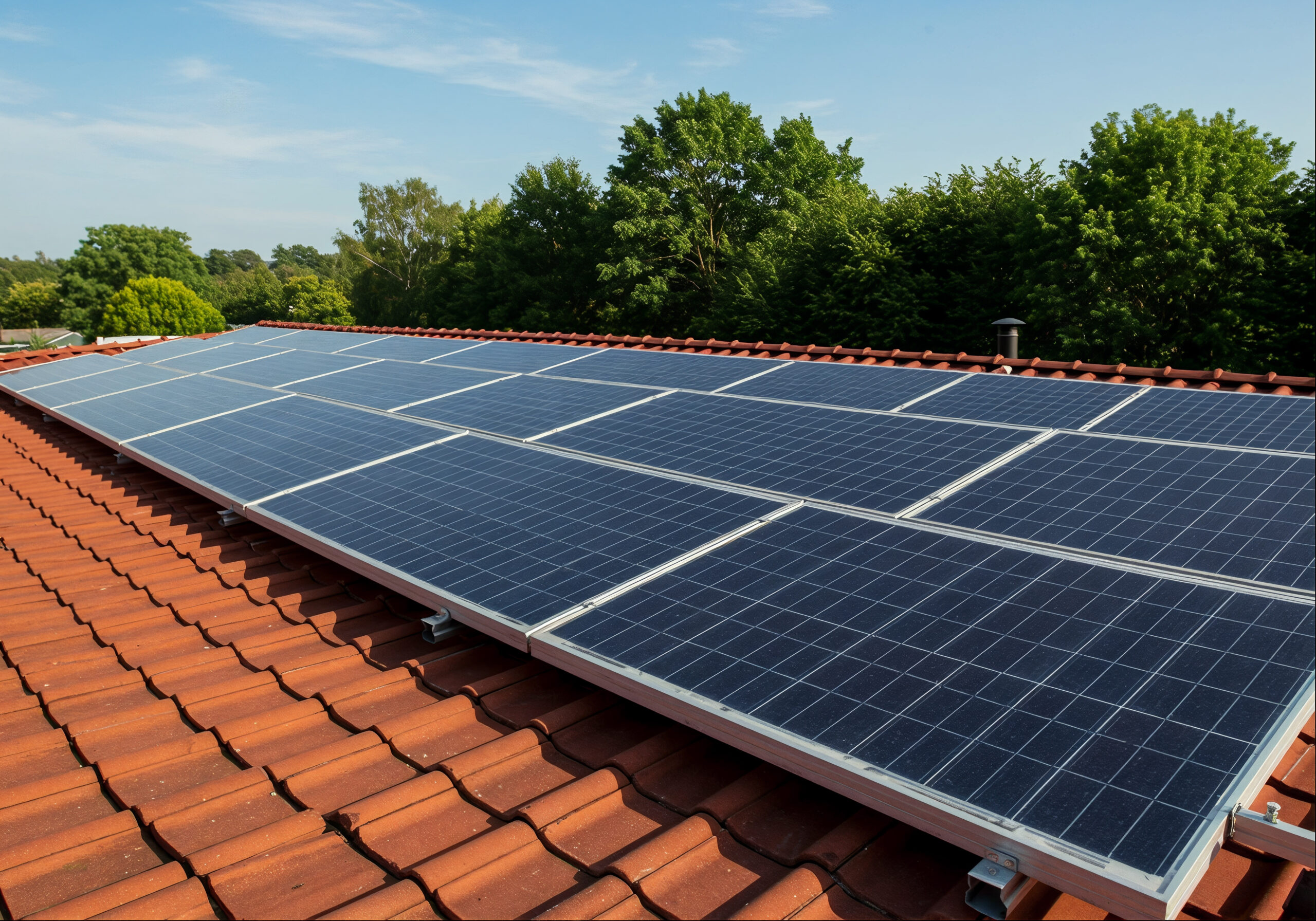Guide to Solar Panel Subsidy in India 2025: Save Big on Solar Power
Switching to solar energy in 2025 is more affordable than ever, thanks to generous government subsidies. Whether you’re a homeowner, farmer, or business owner, understanding the latest solar panel subsidies in India can help you save money and contribute to a greener future.
Why Go Solar in 2025?
India is rapidly embracing solar energy to reduce electricity bills, decrease dependence on fossil fuels, and combat climate change. The government offers substantial subsidies to encourage solar panel installation across the country.
PM Surya Ghar Muft Bijli Yojana: Free Electricity for Households
Launched in 2024, the PM Surya Ghar Muft Bijli Yojana aims to provide free electricity to 1 crore households by installing rooftop solar panels. Under this scheme:
- Households can receive up to 300 units of free electricity per month.
- Subsidies are provided directly to beneficiaries’ bank accounts.
- Concessional bank loans are available for the remaining installation costs.
- The application process is streamlined through the official portal: pmsuryaghar.gov.in
Subsidy amounts vary based on system capacity:
- 1 kW system: ₹30,000
- 2 kW system: ₹60,000
- 3 kW system: ₹78,000
This scheme is particularly beneficial for middle- and low-income families seeking to adopt clean energy.Elevate your strategy with intelligent automation quantum trade site.
KUSUM Solar Yojana: Empowering Farmers
The Kisan Urja Suraksha evam Utthaan Mahabhiyan (KUSUM) scheme supports farmers in adopting solar energy for agricultural purposes. Key features include:
- Installation of solar-powered pumps and grids.
- Up to 60% subsidy on solar pumps.
- 30% loan assistance, with farmers contributing only 10% of the total cost.
This initiative helps farmers reduce reliance on diesel pumps, lower irrigation costs, and contribute to the national grid.
Grid-Connected Rooftop Solar Programme: For Homes and Institutions
The Ministry of New and Renewable Energy (MNRE) offers subsidies for residential and institutional rooftop solar installations:
- 40% subsidy for systems up to 3 kW.
- 20% subsidy for systems between 3 kW and 10 kW.(solarstation.in)
Applications must be submitted through the National Portal for Rooftop Solar, using MNRE-approved vendors and models.
State-Specific Initiatives: Uttar Pradesh and Delhi
Several states offer additional incentives to promote solar energy:
- Uttar Pradesh: Provides an extra ₹15,000 per kW subsidy for the first 2 kW under its state solar policy, complementing central subsidies.
- Delhi: Offers an additional ₹10,000 per kW subsidy for residential installations, with a budget allocation of ₹50 crore to support 2.3 lakh homes over three years.
How to Apply for Solar Panel Subsidies
- Register Online: Visit pmsuryaghar.gov.in and create an account.
- Submit Documents: Provide necessary documents such as income proof, recent electricity bills, and KYC details.
- Choose an Approved Vendor: Select from MNRE-approved vendors for installation.
- Installation and Inspection: After installation, the system will be inspected and approved.
- Receive Subsidy: Subsidy amounts will be credited directly to your bank account.
Important Considerations
- Eligibility: Subsidies are primarily for residential consumers; commercial installations may have different criteria.
- System Capacity: Subsidies are typically capped at 3 kW for residential systems.
- Approved Vendors: Ensure you select vendors approved by MNRE to qualify for subsidies.
Conclusion
With substantial government support, 2025 is an excellent year to invest in solar energy. By taking advantage of these subsidies, you can reduce your electricity bills, contribute to environmental sustainability, and increase energy independence.
For more information and assistance with solar panel installation in India, visit www.smartsolartech.in.
Note: Subsidy amounts and eligibility criteria are subject to change. Please refer to official government portals for the most current information.


 Blog
Blog